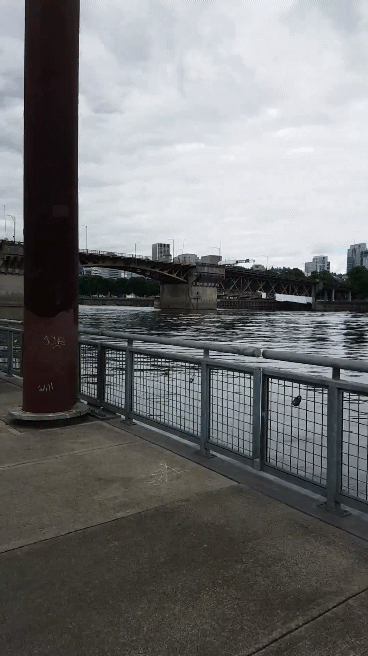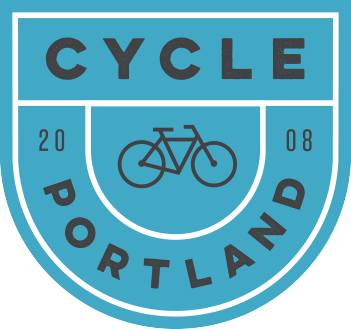As the weather gets wetter, and excellent storms brew on the horizon many of us (who haven’t already) start looking for ways to avoid the good ol’ “mud on the back” conundrum. Though they may look so at first glance, not all fenders are created equal, and some fit much better with certain needs. At Cycle Portland we have a great selection of the best fenders for wet riding to choose from, and can even install them for you at affordable, everyday prices. Bring your bike in and we will match you with the fender that fits your style and needs.
How to choose your fender:
Fenders are not only a good investment but represent a huge visual aspect of your bike. Three things to keep in mind when choosing a fender for your bike are style, size and function. The three main styles are Full Fenders, Partial Fenders and Clip-Ons. You’ll want to buy fenders that are big enough for the largest tires you plan on running on your bicycle, but not so large that they impede their utility on smaller tires you may choose to install. As for function, there exists a spectrum between “good enough for a quick shower” and “Hello my name is ‘I ride through tsunami’s'”. Read below to find out which may work best for you, and why finding the best fit for your needs is key to a great fender experience.
Full fenders:
This is a set of two, front and back, that wraps most of the way around top and sides of tires. Quality fenders have two sets of stays (rods that attach to the bike frame) for stability that require mounts near the hubs on the frame. The full fenders also require clearance between the tire and the fork and seat stay. This style is perfect for the daily commuter to keep you dry. Full fenders also help to keep debris out of your chain and chainrings which can prolong the life of your bicycle, and how often you need to clean it.

Our staff favorite full fender at the shop is the Velo ORANGE (pictured above) hammered aluminum fender. It is worth the investment for its style and function. One thing we really like about the VO’s is that while they’re a bit more complicated than others to install, once they’re mounted properly they provide years of hassle free use, and look great on almost any bike.

Cyclone (our local bicycle supplier) just released a great alternative to Velo Orange’s fenders which is an excellent option for the VO look at a fraction of the cost – We’ve examined these and it appears that they use the exact same process as VO’s for manufacturing. They also come in suave matte black, silver, and copper (our favorite). You have to see these in person to capture how awesome they are, so drop by if you’re in town!
Partial fenders:
These are similar to the full fenders, but they don’t cover the entire wheel. This is a good option for a bike without sufficient clearance between the fork or seat stay and the tire such as road or racing bikes. The partial fender covers the back of each tire but nothing on the front, just catching the back splash. We like the SKS Velo Urban model for a quick install and slim fender profile.

Clip-Ons:
A clip-on fender attaches to the seatpost (or seat rails) and extends over the rear tire. Good for keeping a stripe off the backside, this is a great just-in-case accessory. For sudden summer rain storms, or the all out-dump in winter, keep a spare at the office for a wet ride home. The clip-on rear fender has plenty of skeptics because it really only serves one purpose––you won’t keep your front, shoes or frame protected. There are, however, a few clip-ons for the front as well as the back tires that offer a little more practical coverage.
We love the Planet Bike SpeedEz Road Clip-On fenders, they are super sturdy (for clip-on’s) and easy to install.
Should you Mud Flap?
Yes! Mud flaps can be added to the base of your fenders (the back) to ensure ultimate water protection for you and the cyclist friends behind you – something that really makes a difference in Portland. This accessory gets added onto fenders; those that can take mud flaps will have pre-drilled holes, or if you’re crafty and don’t mind a little overlap you can drill your own. Most full fenders usually come in “mudflap” and “non-mudflap” versions, with the mudflap versions costing a little more. In our experience, it’s almost always better to go with flaps as they are such a great way to be a considerate commuter around town, in addition to keeping you a bit drier.

And of course you can always read up on what the ever pragmatic Sheldon Brown had to say about fenders.
If you haven’t equipped fenders for for the winter, or want to find out more just drop by and we’ll get you set up with a great solution!










